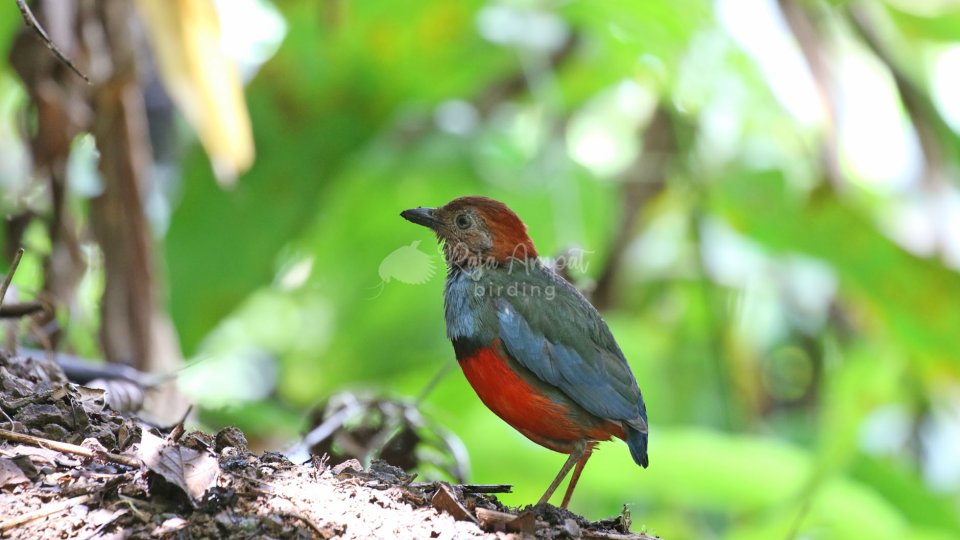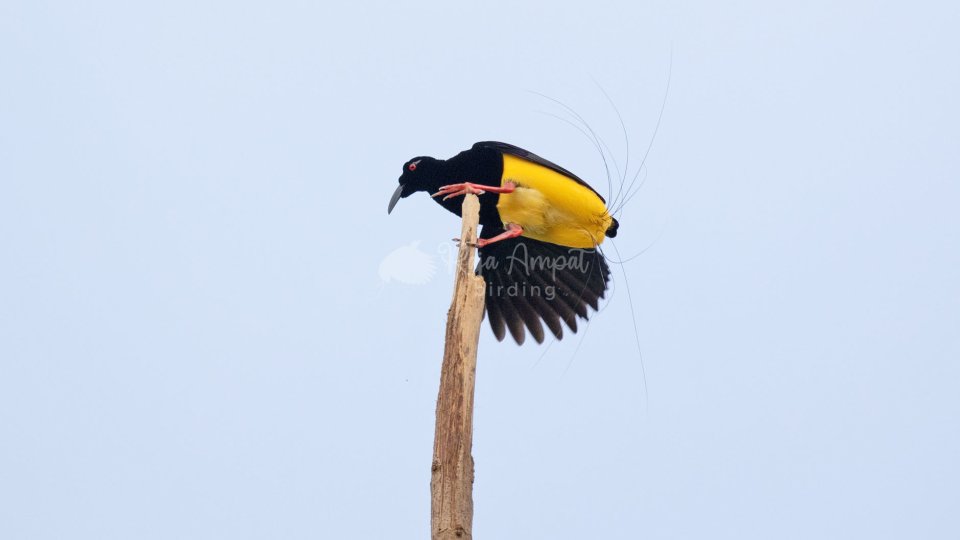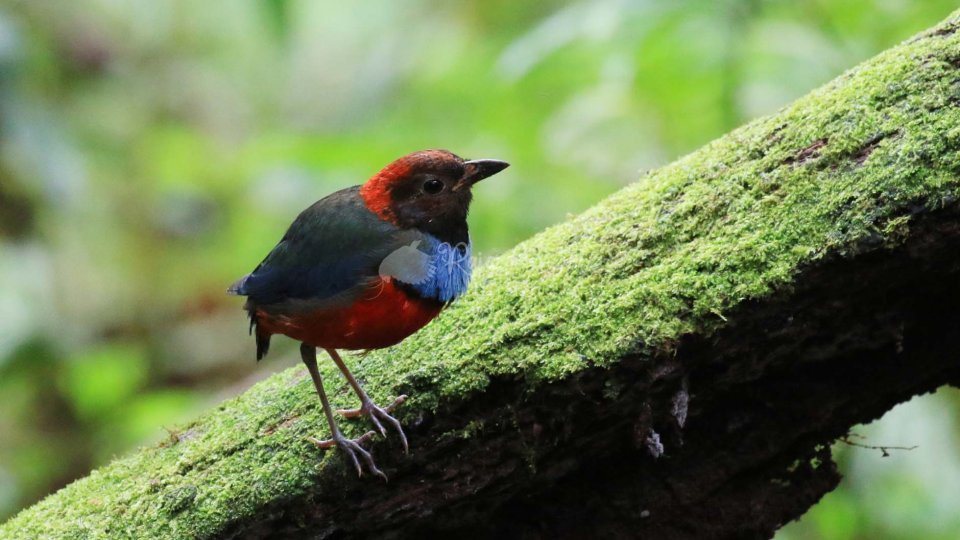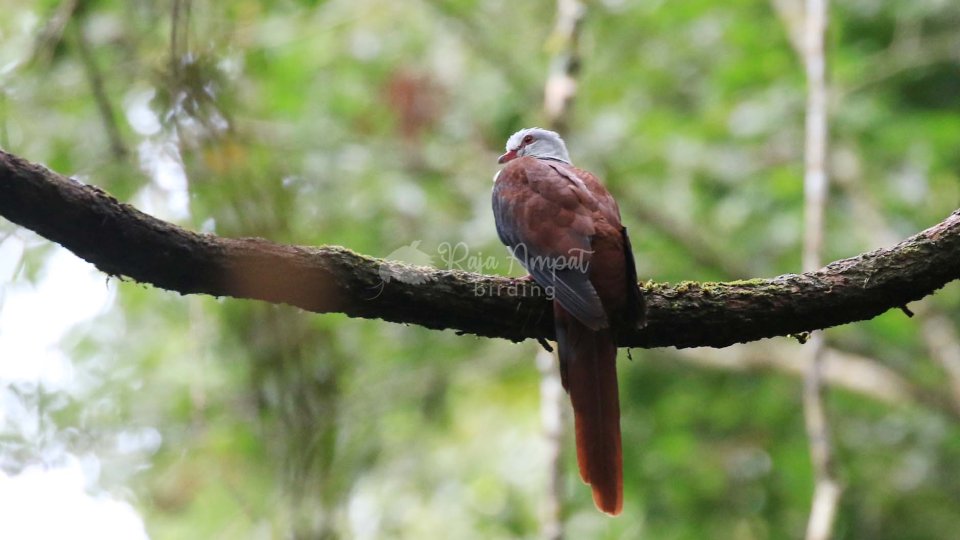Fak-fak, Waigeo
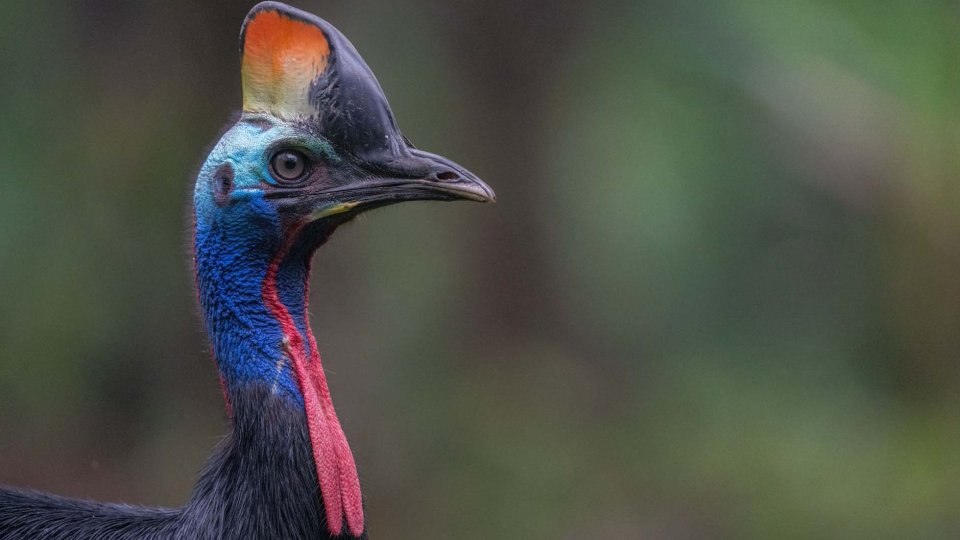
Overview
BIRD PHOTOGRAPHY IN SOUTHWEST PAPUA
Embarking on a bird photography journey in Southwest Papua is both exhilarating and demanding, presenting a rich tapestry of experiences amidst the lush landscapes. The rewards for those willing to brave these challenges are extraordinary. Here, one can encounter some of the most captivating avian species on the planet, including the resplendent Birds of Paradise, vibrant parrots, striking pigeons, and elusive kingfishers who steal the spotlight with their dazzling colors and intricate behaviors.
However, these feathered wonders are often elusive, preferring the cover of dense foliage. Photographers must navigate tricky lighting conditions and unpredictable weather, all while traversing rugged and sometimes treacherous terrain. Transportation can be a labyrinth of complexities, and the logistics of travel are frequently disrupted by unforeseen changes in airline schedules.
While security concerns do loom, they are generally manageable if you adhere to common-sense protocols. It's crucial to engage local guides who can navigate the intricate web of land access—negotiating terms and payment arrangements in advance to mitigate any potential disputes. The nuances of land ownership here differ significantly from what one might be accustomed to, making local insight invaluable.
When venturing into urban areas, exercise caution: avoid wearing flashy jewelry or carrying high-value items, as larger towns can pose increased risks. In contrast, the rural regions often feel safer; here, the presence of local guides can forge a protective connection between you and the community. Curious locals usually greet bird photographers with friendliness, eager to understand your mission. It's essential, however, to communicate your intentions clearly and respectfully.
Patience is vital in this captivating but sometimes frustrating environment. Impatience or demanding behaviors can backfire, leading to negative outcomes—a cultural phenomenon of "payback" is very much alive here, affecting everything from minor inconveniences to significant tribal disputes.
Traveling through Southwest Papua can be physically taxing due to its rugged terrain, but recent improvements have made accessibility much better. Nevertheless, it’s advisable to possess a solid fitness level to tackle steep trails, navigate through thick mud, or withstand the sweltering humidity of the lowlands. Fortunately, overall regional security has seen enhancements, allowing for a more comfortable experience as you embark on this unforgettable photographic adventure.
Itinerary
Day 1: Arrival in Sorong - Free Program
Upon arrival in Sorong, you'll have the day to explore at your own pace. Unwind after your journey, take in the local scenery, or savor some delicious Indonesian cuisine at a nearby restaurant.
Day 2: Sorong Airport – Fakfak
After a hearty breakfast, we will whisk you away to Sorong Airport to catch your Wings Air flight to Fakfak. Upon arrival, you’ll be greeted with the warm hospitality of the region as we transfer you to your hotel for check-in and a delightful lunch featuring local flavors. In the afternoon, embark on an adventure to Cagar Alam Fakfak Barat, where you’ll have the unique opportunity to photograph the majestic southern cassowary in its natural habitat. Enjoy a restful night at the Grand Papua Hotel, equipped with modern comforts to rejuvenate you for the days ahead.
Day 3: Fakfak Nature Reserve – Magnificent Riflebird
Start your day with an early breakfast at 4 am, as we prepare for an unforgettable morning in the wild. Departing the hotel at 4.30 am, we’ll drive just 25 minutes to the designated site where you can capture stunning images of the elusive Magnificent Riflebird from a concealed hide. Additionally, you’ll have the chance to photograph the vibrant Papuan Pitta. After a day filled with avian beauty, return for another peaceful night at the Grand Papua Hotel.
Day 4: Fakfak Nature Reserve – Magnificent Bird of Paradise
Rise and shine with breakfast at 4 am once more, as we set off at 4.30 am to explore the wonders of the Fakfak Nature Reserve. From your vantage point in the hide, prepare to be mesmerized by the display of the Magnificent Bird of Paradise, along with the stunning Eastern Hooded Pitta. Return to the Grand Papua Hotel for a comforting night’s stay, filled with the excitement of the day’s adventures.
Day 5: Fakfak – Sorong - Waigeo
After breakfast, you’ll travel back to Sorong, where you’ll be directly transferred to Waigeo Island via a fast and comfortable ferry ride. In just two hours, you'll arrive at the picturesque harbor of Waisai in the Raja Ampat Regency. On Waigeo Island, you'll unwind for three nights in a charming resort that offers breathtaking views of both the vast sea and lush forest. This paradisiacal island, nestled in the Raja Ampat archipelago, is renowned for its incredible birding opportunities, including sightings of the vibrant Red Bird-of-Paradise and the extraordinary Wilson’s Bird-of-Paradise, both remarkably accessible within a short 15 to 30-minute walk.
Day 6: Waigeo Island – Wilson’s Bird of Paradise
Prepare for an exhilarating day by rising one-half hour earlier for breakfast at 4:30 am. At 5:00 am, we will embark on a journey to the hide of Wilson’s Bird of Paradise, where the vibrant colors and behaviors of this exquisite species can be captured until lunchtime. From the resort, it’s a scenic 25-minute drive followed by a 20-minute walk to the hide. Afternoon exploration awaits, where you may encounter a plethora of enchanting species, including Blyth’s Hornbill, Eclectus Parrot, Emperor Fairywren, Orange-fronted Fruit Dove, and Papuan Drongo.
Day 7: Waigeo Island – Red Bird of Paradise
As you awaken to another beautiful morning on Waigeo Island, we will follow the same early call as the previous day. After your preparations, we will journey to the hide for the Red Bird of Paradise. A quick 30-minute drive followed by a 15-minute hike brings us to the setting where you can witness the striking displays of this iconic bird until 8 or 9 am. After a glorious morning of birdwatching, delight in a sumptuous lunch back at the resort before embarking on further adventures in the afternoon.
Day 8: Waigeo Island – Sorong – Mangrove Trip
After breakfast, we will transfer you by car to the Harbor of Waisai for a comfortable public boat ride back to Sorong, departing at 9 am. Following your arrival at Sorong Harbor, you will enjoy another delightful lunch at your hotel. In the afternoon, at 3 pm, set out on a captivating trip to explore the mangroves, where you may catch sight of the elusive Little Kingfisher. After a fulfilling day, return to the hotel for dinner and a restful night at Swiss Belhotel Sorong.
Day 9: Sorong – Next Destination
On your final day, savor a leisurely breakfast at the hotel before we transfer you to the airport for your onward journey. We hope your experience was enriching and memorable, marking the end of your adventure with us.
Date & Price
| Tour Code | Travel Date | Travel Time | Price |
|---|---|---|---|
| Fak-fak, Waigeo | 2024-01-01 - 2025-01-01 | 9D/8N |
